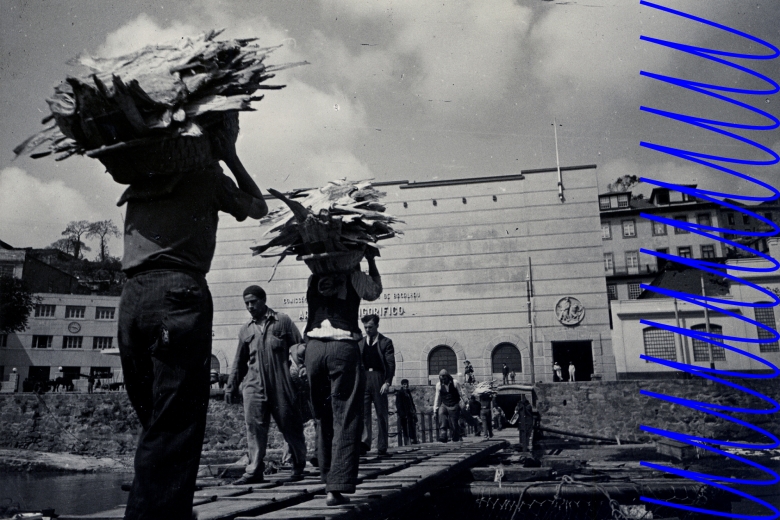
Architecture Follows Fish
The links between sea life and architecture
A collaboration with CCB Garagem Sul
The series of workshops Architecture Follows Fish aims to understand the architectural phenomenon happening on the shore as the consequence of both the natural and the unnatural dynamics of the sea. Fish live in specific environments: they migrate, spawn, and move according to the nuances of life in the sea, ranging from sea depth to temperature, from available nutrients to water currents. Fishermen pursue fish in the sea using a variety of techniques, and the history of such techniques is accompanied by a history of urban transformation. It is not easy, but it is possible, to trace a socio-ecological history of architecture in relation to fisheries, thus connecting a specific species living in a marine environment to the shape and appearance of inshore landscapes. The hypothesis being that a cod landscape differs from a sardine landscape, just as it does from a tuna landscape.
Understanding the links between sea life and architecture requires a great deal of experimentation and an awareness of multiple aspects of marine life, ranging from the history of its representation to the food consumption habits of human beings and the transformation of technological systems. Architecture Follows Fish will address such avenues of thought by bringing together architects, scholars, reporters, biologists, and authors who have dealt with a range of subjects relating to Fishing Architecture.
This series of workshops is a collaboration between maat, CCB Garagem Sul, and the Fishing Architecture research group. This event is an offshoot from the exhibition Our Land Is the Sea. The sensitive construction of the coastline (CCB Garagem Sul, 10 March 2020 – 17 January 2021).
Workshops
The Lisbon Cod Map
Conducted by André Tavares
Fishing Stories
Conducted by MAP Office
Theory of the Aquarium
Conducted by Carson Chan
